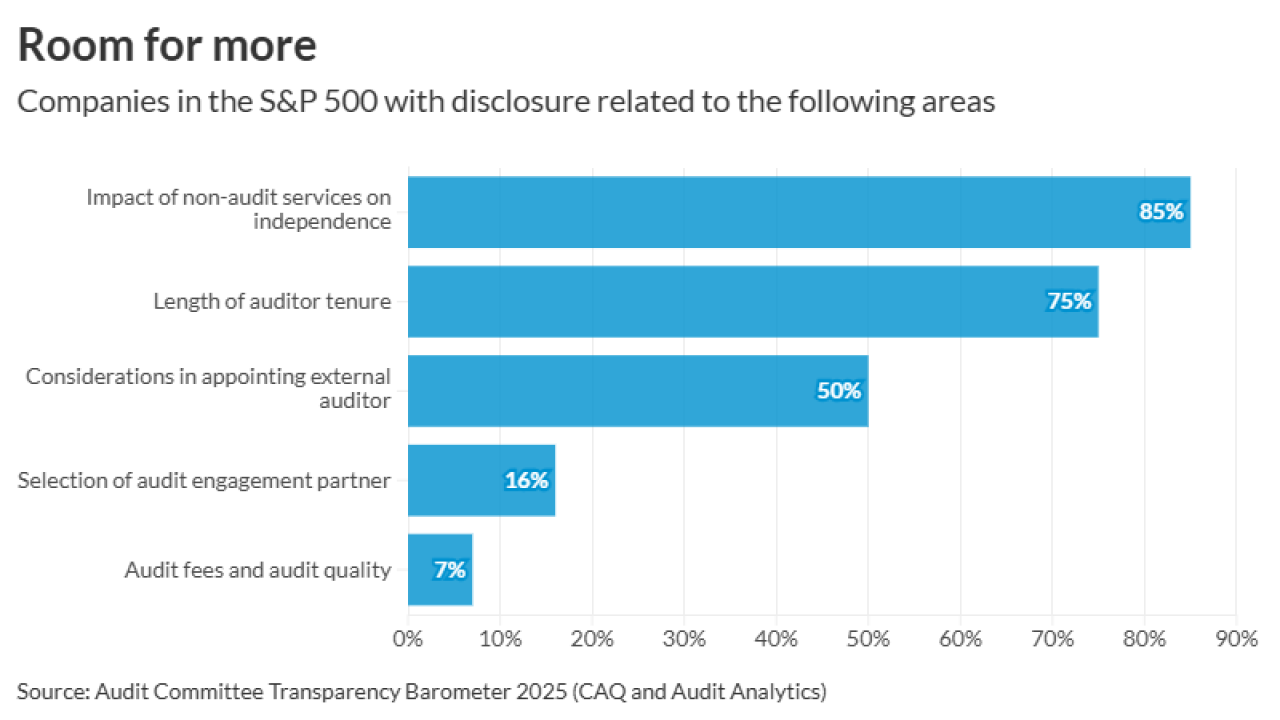Chief financial officers hope to control costs in 2026 while still expanding revenue, according to a new survey.
The
Gartner polled a group of 142 CFOs and senior finance leaders in August and September and found that 64% of them are planning for their selling, general and administrative budgets to grow more slowly next year than their 2026 revenue growth rate. Over half (54%) of the respondents anticipate SG&A growth to be one to five percentage points below revenue growth, pointing to a strong intention to contain overhead costs while still striving for revenue expansion.
"CFOs are signaling that operational efficiency, not just revenue growth, will define success in the coming year," said Randeep Rathindran, distinguished vice president of research in the Gartner finance practice, in a statement. "A focus on SG&A discipline reflects a concerted effort to rightsize overheads even as organizations pursue top-line expansion."
CFOs are leveraging SG&A expense discipline as their main lever to drive operating expense savings and are setting explicit operating expense savings targets. While 37% of CFOs are aiming for modest OPEX savings of 1% to 2%, a slightly larger share, 42%, is pursuing more substantial savings of 3% to 5% of overall OPEX. CFOs are calibrating their approach, trying for incremental cost containment that preserves essential capabilities and drives productivity improvements, as opposed to implementing broad, across-the-board cuts,
CFOs are focusing their SG&A reductions on functions where technology, automation or process redesign can lead to efficiency gains. The most cited areas by the respondents for budget reductions next year include:
- Human resources (57%);
- Corporate IT (53%);
- Legal and compliance (40%);
- Corporate finance (36%); and,
- Marketing (27%).
These priorities indicate an increasing willingness to re-examine their traditional support functions while mulling more conservative hiring plans and AI-driven transformation. The increased use of artificial intelligence will likely result in job losses, as 42% of CFOs anticipate some level of AI-driven headcount reduction across SG&A or support functions, with 33% expecting reductions between 1% to 5%. These modest headcount reduction assumptions are expected given artificial intelligence's improving effectiveness at performing rule-based and judgment-based SG&A work.
Aside from SG&A, CFOs are planning to leverage product-mix optimization and headcount discipline to protect profit margins despite increasing costs. For next year, 51% of CFOs expect the contribution margin for core products or services to increase, and 44% anticipate a shift of one to five percentage points toward higher-margin offerings in their product mix. This indicates a deliberate effort to protect profitability through product mix optimization instead of relying on cost-cutting alone.
CFOs are also assuming personnel costs will increase in 2026. Nearly half of organizations anticipate a year-over-year increase in direct labor rates of over 4%, given labor scarcity and stricter enforcement of immigration restrictions in the U.S., for example. Close to three out of four CFOs assume annual average merit increases of 3% in workforce compensation.
Even though financial leaders are staying cautious about overall headcount increases at their organizations next year, they're also counting on the likelihood of bigger costs for salaries and third-party spending, adding to the pressure of achieving better operational efficiency.





